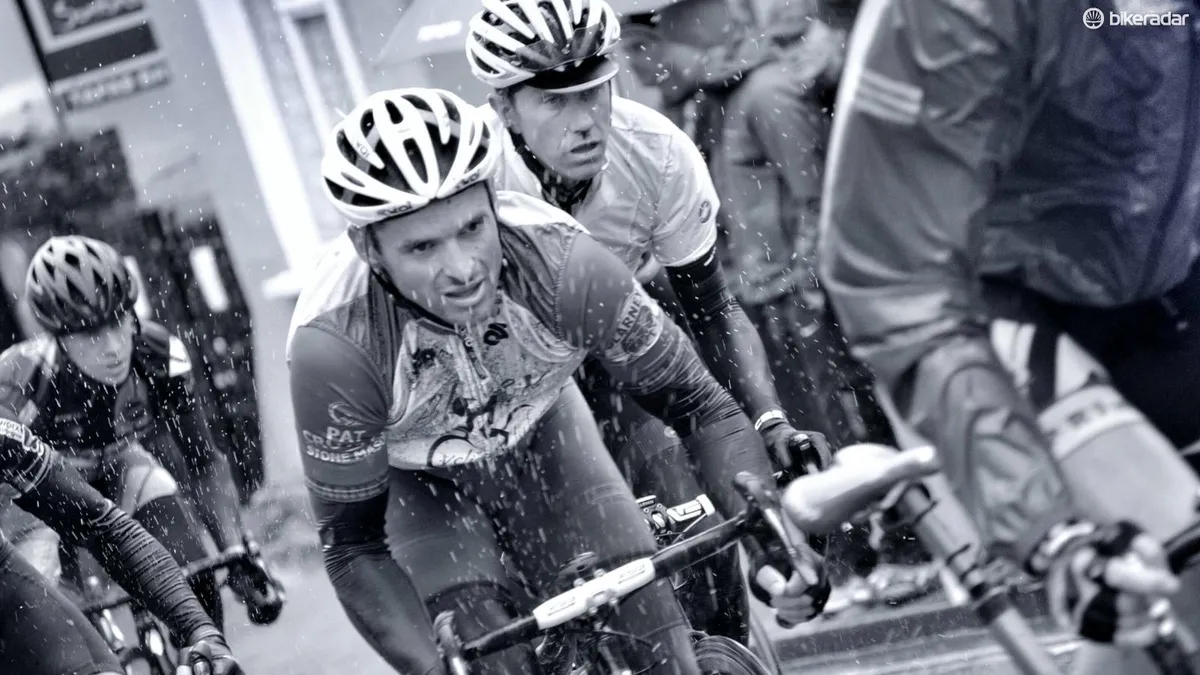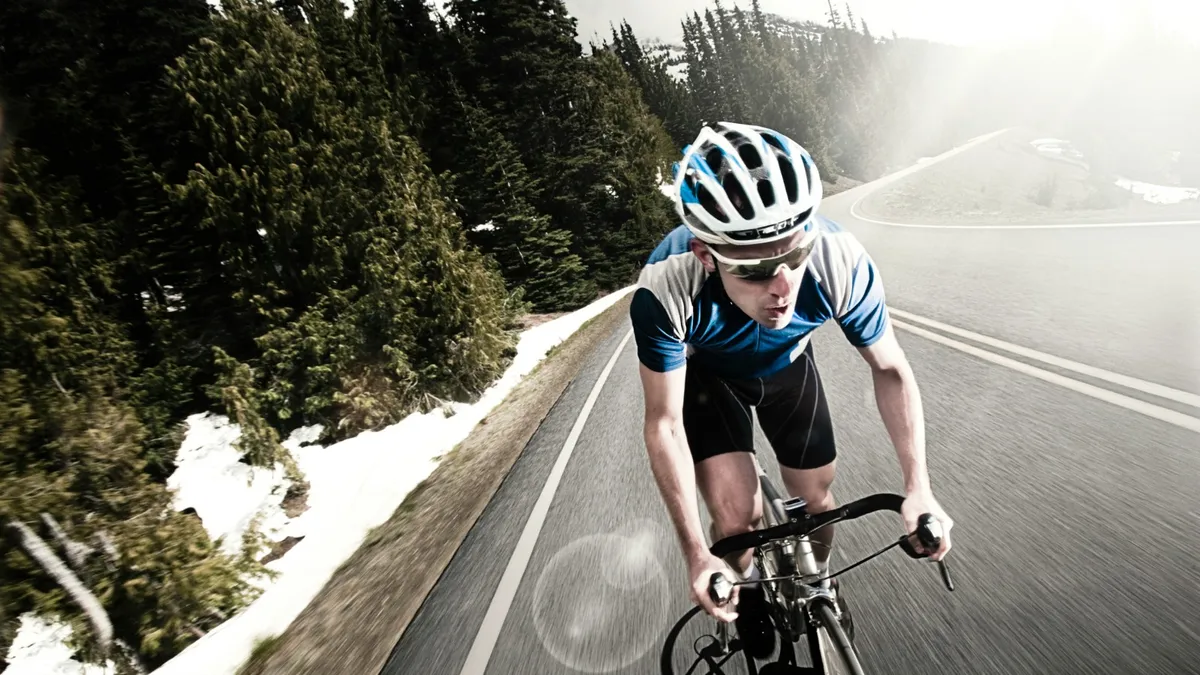This is a sponsored post in association with A1 Coaching.
As Head Coach at A1 Coaching I am on a mission to dispel the culture of disinformation that has built up around training advice, principles and philosophies.
In the series of articles that will be posted on BikeRadar over the next few days I am going to challenge some taken-for-granted assumptions and explain how doing things differently may help transform you from the rider you are to the rider you could be.
I know these approaches work. They are based on the latest science and the vast experience of our coaches. Most of all, I know they work because they have brought enormous improvements to many of our clients at A1 Coaching. Therefore, I am fully confident that they can also work for you.
If you like this post and want to know more about building a perfect winter base programme, click here for free access to A1 Coaching’s winter training video series.
Achieving your true potential as a rider
We are all looking for a way to get more speed with less effort – a way to get more return from the limited number of hours we have to train. The answer isn’t to repeat the same early-season steps from last year and hope for a different result.
Working with countless athletes over the past few years I have seen common trends in the mistakes that coaches and athletes make. I still see many coaches continuing to prescribe the same old outdated training methods and riders continuing with traditional practices.
As a result, many clients come to us wondering why they aren’t improving – why their progression as riders is stalled.
Asking the hard questions
Too many riders are not asking the ‘Why’ questions and seeking answers:
- Whey have I not improved from last season?
- Why are other riders going faster?
- Why am I falling short of my goals?
- Why am I riding for 4 or 5 hours on a Sunday?
- Why am I listening to poor advice?
If you are time-crunched – balancing work, family and relationships with cycling – you need to start asking these hard questions. Our time is valuable and it is vital to get the very best return for our time.
Therefore, over this series of posts my goal is to guide you through scientifically proven methods that will give you amazing results for your limited time. I will outline how you can achieve great improvements in speed, strength and functional threshold power this winter, with less than seven hours training per week.

These are the steps we will be going through and, by following them, you should see significant improvements in your performance next season.
1: The number one training mistake – are you making it?
Most athletes are riding around at the same speed all the time, or using flawed metrics such as average speed or Strava for judging improvements. This doesn’t stimulate the different physiological systems that come into play in performance.
In this post I will describe these physiological systems and summarize the training Zones.
2: Knowing the numbers – testing your ‘threshold’ and setting up your training zones
It’s all about ‘the numbers’: from the local club time-trial competitor, to Bradley Wiggin’s hour record, to Chris Froom’s release of his performance data – knowing ‘the numbers’ is a key to smart training and understanding performance.
Your ‘threshold’ is your unique key number. In this post you will learn how to test it and how to set your training Zones from it. These are key steps in your development as an athlete.
3: Using your zones – smart training for maximum performance
Now that you have learned about testing your threshold and setting your training Zones, what does this mean for your weekly training programme?
It means that you will no longer be riding like the ‘headless-chicken’, with no specific purpose or focus. It also means that you won’t have to choose between your job, your partner and cycling, because you can get more performance on less time.
In this post I will outline a sample training week of approximately eight hours, with examples of workouts. I will explain how training in this way, using intensity based on Zones in limited time, will lead to efficient physiological adaptation – better fitness.
4. Putting it all together – setting goals, planning and ‘perioidization’
At this stage of the series you will have learned the basic principles of smart training and you will understand how some of the traditional methods just don’t make sense for the everyday cyclist. You will have enough knowledge to maximise your performance by embracing intensity and smart training.
But, what are your key goals? When should you peak?
5: How to ride faster by resting – the art of recovery
Hard training only allows for the possibility of increased fitness. Improvements in performance only happen after we ‘absorb’ the training through appropriate recovery techniques.
A key change needed for improved performance in limited time is train hard and rest hard. A lot of us find this difficult to manage – to have the confidence to believe that we are actually getting fitter by taking it easy.
Recovery is a bit of an art form in that it works differently for different people, and much depends on working it into your regular lifestyle and work routine. In this last article I will outline some of the best recovery strategies – ways of getting faster while doing nothing.
